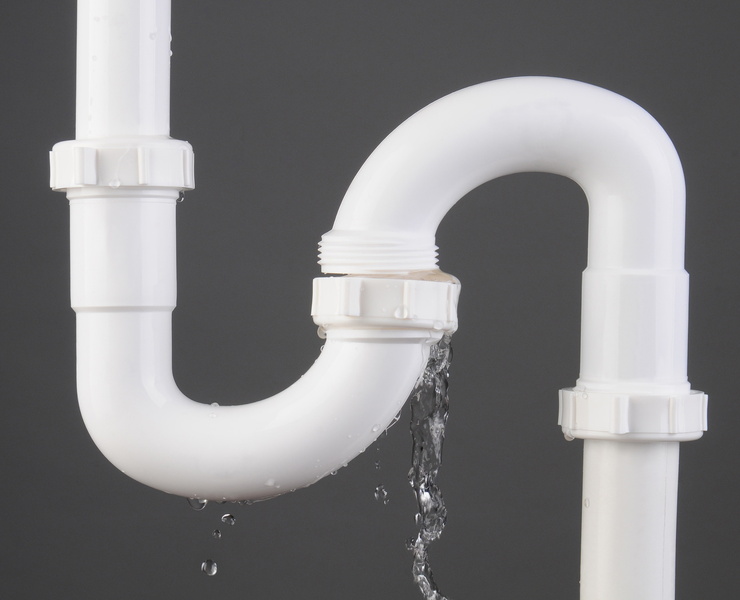Guide To Water Leakage Discovery In Your Home
Guide To Water Leakage Discovery In Your Home
Blog Article
We have stumbled upon this great article about Top leak detection hacks listed below on the internet and reckoned it made good sense to relate it with you on this page.

Early detection of dripping water lines can minimize a potential disaster. Some small water leakages might not be noticeable.
1. Examine the Water Meter
Every home has a water meter. Checking it is a guaranteed manner in which aids you uncover leakages. For beginners, turn off all the water sources. Guarantee no one will flush, use the faucet, shower, run the washing machine or dishwasher. From there, go to the meter and watch if it will change. Since no one is using it, there ought to be no activities. If it moves, that shows a fast-moving leak. If you spot no changes, wait a hr or two as well as inspect back once more. This indicates you may have a slow-moving leakage that might also be below ground.
2. Inspect Water Intake
If you identify abrupt adjustments, regardless of your consumption being the same, it means that you have leaks in your plumbing system. A sudden spike in your expense suggests a fast-moving leakage.
At the same time, a consistent boost each month, despite the exact same routines, shows you have a sluggish leak that's also gradually rising. Call a plumber to thoroughly inspect your property, specifically if you really feel a warm area on your flooring with piping beneath.
3. Do a Food Coloring Test
When it comes to water usage, 30% comes from toilets. If the color somehow infiltrates your dish throughout that time without flushing, there's a leakage between the tank as well as bowl.
4. Asses Outside Lines
Don't neglect to check your exterior water lines too. Examination spigots by affixing a garden tube. Ought to water permeate out of the connection, you have a loose rubber gasket. Change this and make certain all connections are limited. If you've obtained a sprinkler system, it will certainly help get it skillfully examined and also maintained every year. One little leak can lose lots of water and surge your water costs.
5. Analyze the circumstance as well as evaluate
Homeowners ought to make it a routine to examine under the sink counters and also even inside cabinets for any type of bad odor or mold development. These 2 warnings show a leakage so punctual focus is called for. Doing routine examinations, even bi-annually, can save you from a major trouble.
If you understand your residence is currently old, keep a careful eye on your heating units, hoses, pipelines and so on. Check for stainings as well as compromising as most devices as well as pipes have a life expectancy. They will also naturally deteriorate due to wear and tear. If you believe leaking water lines in your plumbing system, don't wait on it to intensify. Call a professional plumber today so you do not end up with a terrible mess in your home.
Early discovery of dripping water lines can alleviate a prospective disaster. Some tiny water leakages may not be noticeable. Examining it is a guaranteed way that aids you find leaks. One little leak can waste bunches of water and also surge your water bill.
If you think leaking water lines in your plumbing system, don't wait for it to rise.
WARNING SIGNS OF WATER LEAKAGE BEHIND THE WALL
PERSISTENT MUSTY ODORS
As water slowly drips from a leaky pipe inside the wall, flooring and sheetrock stay damp and develop an odor similar to wet cardboard. It generates a musty smell that can help you find hidden leaks.
MOLD IN UNUSUAL AREAS
Mold usually grows in wet areas like kitchens, baths and laundry rooms. If you spot the stuff on walls or baseboards in other rooms of the house, it’s a good indicator of undetected water leaks.
STAINS THAT GROW
When mold thrives around a leaky pipe, it sometimes takes hold on the inside surface of the affected wall. A growing stain on otherwise clean sheetrock is often your sign of a hidden plumbing problem.
PEELING OR BUBBLING WALLPAPER / PAINT
This clue is easy to miss in rooms that don’t get much use. When you see wallpaper separating along seams or paint bubbling or flaking off the wall, blame sheetrock that stays wet because of an undetected leak.
BUCKLED CEILINGS AND STAINED FLOORS
If ceilings or floors in bathrooms, kitchens or laundry areas develop structural problems, don’t rule out constant damp inside the walls. Wet sheetrock can affect adjacent framing, flooring and ceilings.
https://www.servicemasterbyzaba.com/blog/how-to-detect-water-leakage-in-walls/

As a fervent person who reads about Hacks to detect leaks, I figured sharing that excerpt was worthwhile. Sharing is good. Helping people is fun. Many thanks for your time. Don't hesitate to come by our website back soon.
Report this page